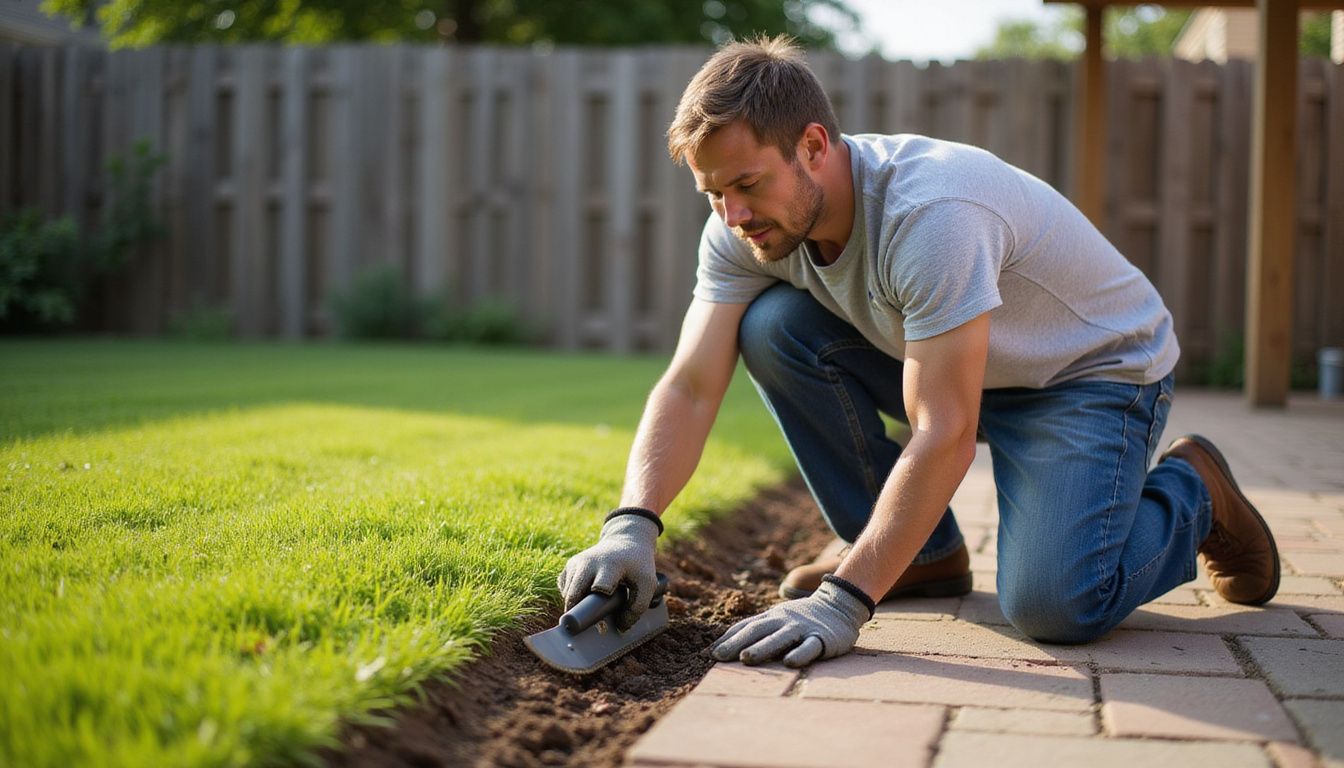Water damage to your pool coping can be a real headache. Caulking under pool coping plays a crucial role in water protection for pool coping. This article guides you through why and how caulking should be done, ensuring the longevity and preservation of your swimming pool structure.
What is Pool Coping and Why is it Important?
Pool coping is the cap for the edge of a swimming pool, providing a decorative and finished look while serving as an essential part of the pool structure. It prevents water damage and erosion, and helps to keep the pool stable over time.
Prevents water damage and erosion
Caulking under pool coping acts as a crucial barrier to water infiltration, which can prevent costly erosion and damage. By sealing the expansion joint with flexible caulking, it guards against water entering spaces where it can freeze and expand.
This expansion often results in cracks or breaks in the coping stones, impairing the beam and ultimately compromising the pool’s structure. Caulking serves not only for waterproofing but also preserves concrete by keeping erosion at bay.
Experts recommend re-caulking this essential area around every five years to sustain its effectiveness in preventing water damage. With various materials such as poly caulk recommended for use between brick coping and cement decks, careful selection ensures maximum protection against erosion.
Regular maintenance of these seals is vital for concrete preservation, ensuring that both pool deck caulking and sealing under pool coping remain intact through changing seasons.
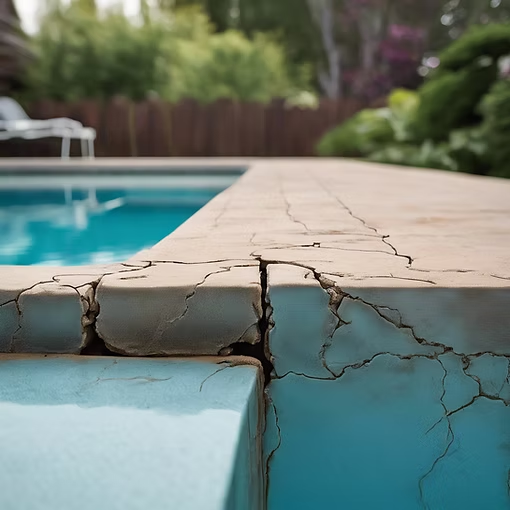
Provides a decorative edge
Pool coping not only serves a crucial functional role in preventing water damage and erosion but also enhances the visual appeal of the pool area. The decorative edge it provides adds an aesthetically pleasing finish to the pool structure, complementing the overall design.
Properly sealed and caulked pool coping not only ensures structural stability but also contributes to a polished and attractive look for your pool deck. In addition to its protective function, maintaining this decorative aspect is vital for preserving the overall appearance of your pool area.
Helps keep the pool structure stable
By preventing water from seeping into the joints, caulking helps to avoid potential damage caused by freezing and expanding water during winter.
This crucial maintenance practice ensures that the coping, beam, and overall pool structure remain protected from erosion and water damage.
Properly caulking between brick coping and a cement pool deck using poly caulk or flexible sealant every five years is a necessary step for waterproofing this section. This simple yet effective measure not only preserves the aesthetic appeal of your pool but also safeguards its longevity and structural integrity against potential water damage.
Should You Caulk Under Pool Coping?
Neglecting to caulk under the pool coping can lead to potential issues and erosion, making it essential to use proper caulking techniques for effective water damage prevention.
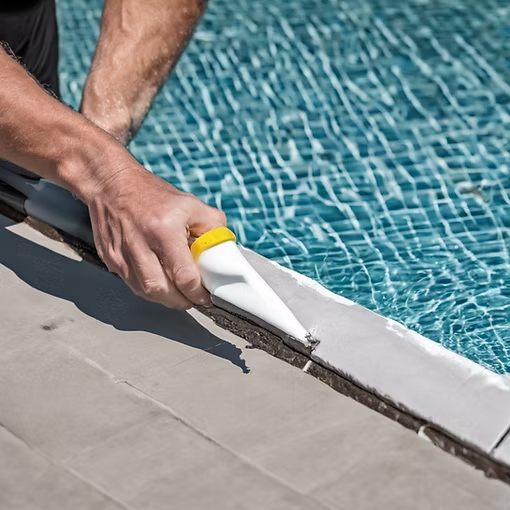
Importance of caulking to prevent water damage
Without proper caulking, water can seep through the joints and cause erosion, which can lead to costly repairs. Using the right type of caulk, such as poly caulk, helps to maintain the integrity of the pool structure and prevent cracking.
Regular maintenance, including caulking every five years, is essential to ensure that potential water damage is minimized. It’s a critical step in preserving the pool’s structural integrity and preventing costly repairs.
Potential issues caused by not caulking
Neglecting to caulk under pool coping can lead to severe water damage and erosion over time. Without proper caulking, water can seep into the joints, freeze during winter, and expand, causing potential cracking and damage to the coping, beam, and ultimately the pool structure.
Forgetting to maintain this vital task could result in costly repairs or even replacement of the entire pool structure due to structural degradation caused by water infiltration. It’s important for pool owners to understand that regular caulking is necessary maintenance to prevent these issues and preserve the integrity of their pool.
Additionally, failing to maintain the caulking around brick coping and a cement pool deck may exacerbate water damage concerns. This emphasizes why using poly caulk between tile and below coping is essential as it provides flexibility needed for environmental changes while effectively preventing cracking.
Proper techniques for caulking under pool coping
Begin by cleaning any debris or old caulk from the joint between the coping and deck. Use a polyurethane-based caulk for flexibility and durability, which helps prevent cracking as it can withstand expansion and contraction caused by temperature changes.
Apply the caulk evenly along the joint, ensuring full coverage to create a watertight seal that protects against water damage – particularly important in regions that experience freezing temperatures.
Once applied, smooth out the caulk with a tool to ensure it fills any gaps completely and adheres well to both surfaces.
Conclusion
Caulking under pool coping is crucial for preventing water damage and preserving the pool’s structure. It helps to maintain the structural integrity and longevity of the pool by keeping out water that can freeze and expand, causing damage.
Using proper caulking techniques can protect the pool coping from potential issues caused by not caulking. Regular maintenance of caulking every five years will ensure waterproofing around the pool coping, ultimately safeguarding your investment in your pool structure.
For those seeking durable and aesthetically pleasing pool coping solutions, Vintage Cast offers high-quality precast concrete pool coping products, including our Kope line. Kope provides both durability and a decorative finish, enhancing the look and functionality of your pool area. Trust Vintage Cast for superior products that ensure your pool remains protected and visually appealing for years to come.
FAQs
1. What is the purpose of caulking under pool coping?
Caulking under pool coping helps in preventing water damage to the pool structure by sealing the expansion joint between the pool and deck, ensuring waterproofing and preservation.
2. How does caulking help in concrete maintenance around pools?
By applying flexible caulking for the pool expansion joint, it acts as a barrier against water seepage which can cause damage to concrete over time, thus aiding in concrete maintenance.
3. Is it necessary to caulk around pool coping during pool renovation?
Yes, during a pool renovation or construction, caulking around the pool coping is essential for maintaining the integrity of your swimming area by preventing leaks and preserving both deck sealing and grout quality.
4. Can I prevent my swimming area from deterioration without professional help?
Regularly checking and maintaining proper expansion joint sealing with suitable waterproofing methods can significantly reduce deterioration risks; however, consulting professionals for major repairs or renovations ensures longevity.
5. Why should you consider deck sealing along with caulking under pooling coping?
Deck sealing complements caulking efforts by providing an additional layer of protection against moisture and wear, enhancing overall durability while helping maintain your property’s appearance alongside effective pooling maintenance strategies.
Recent Posts
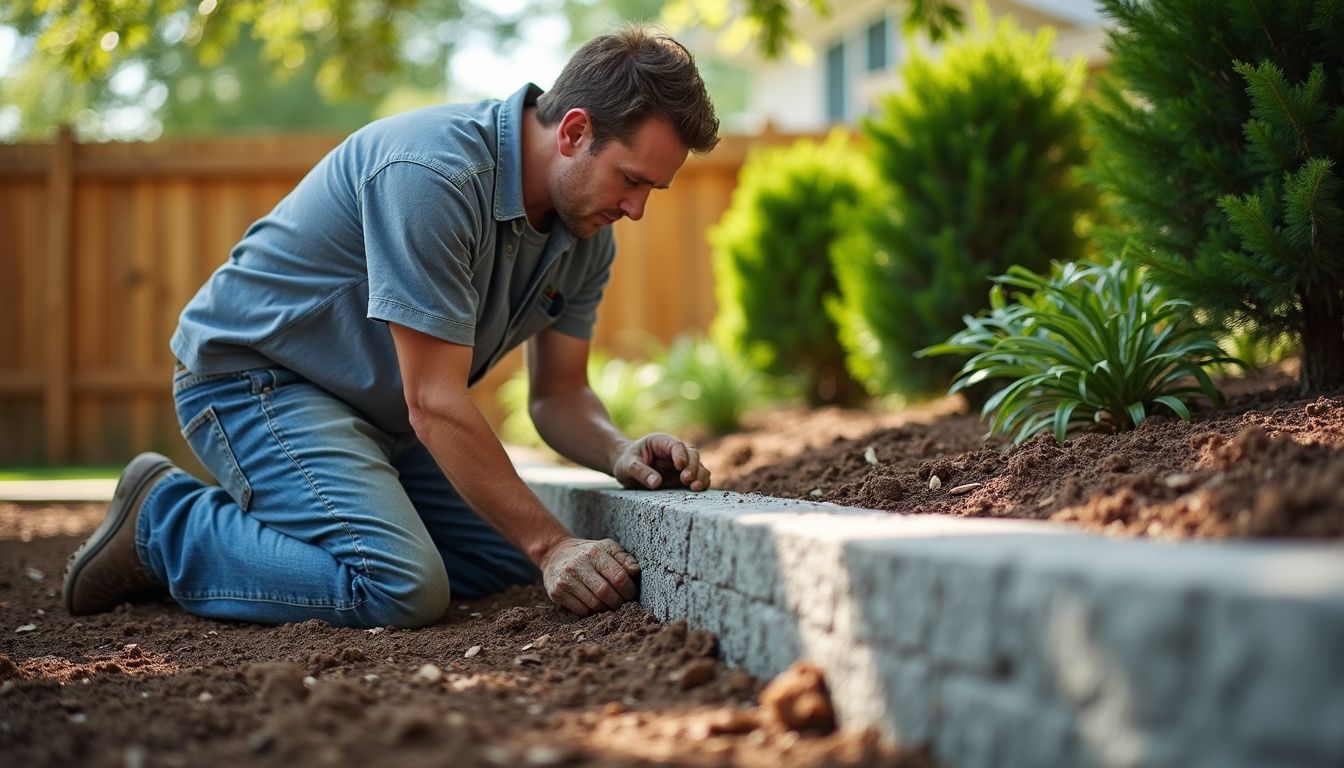
Why Landscaping Pros Prefer Precast Concrete Over Poured-in-Place
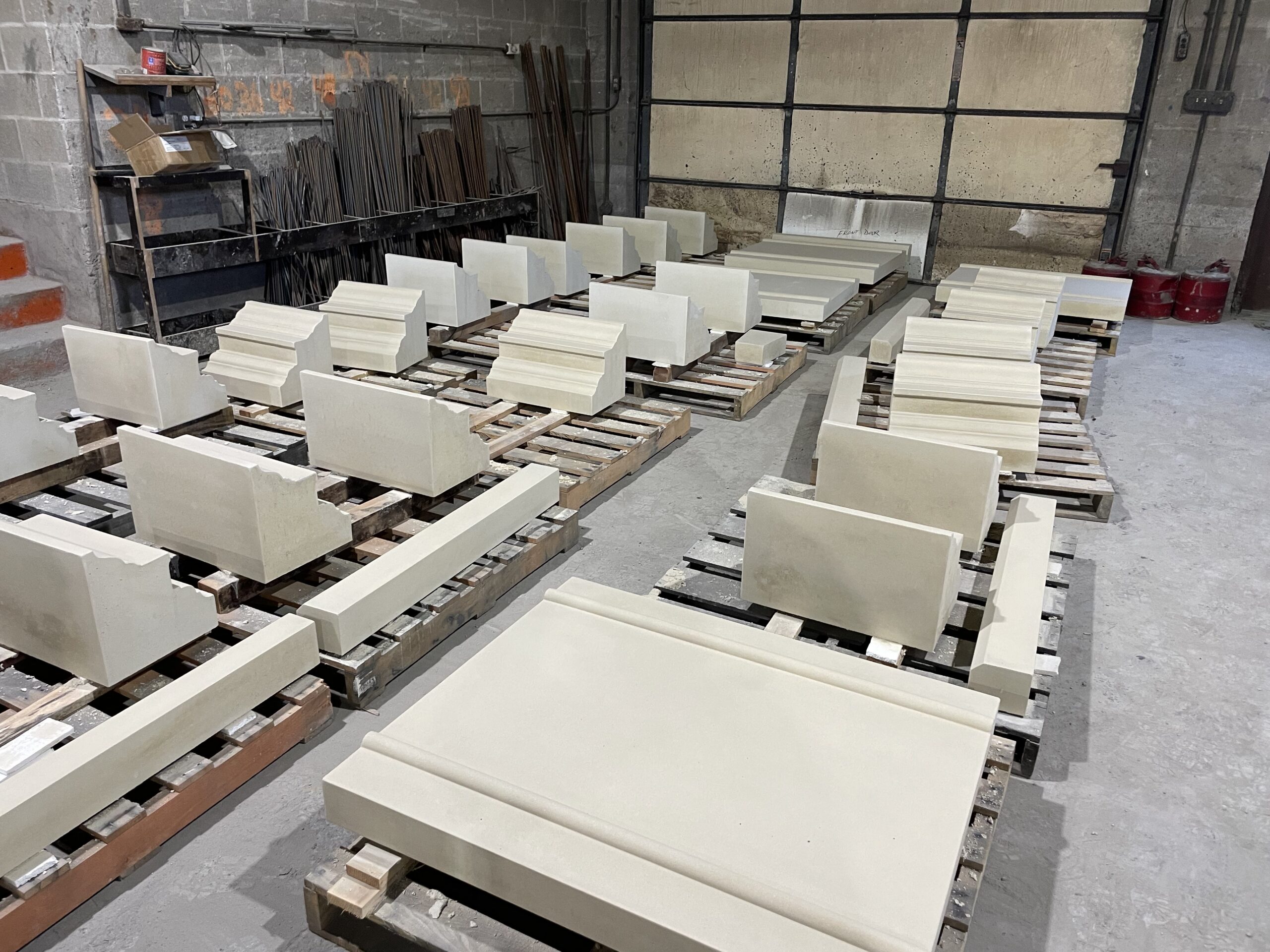
Why & How is Precast Concrete Prestressed?
